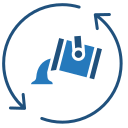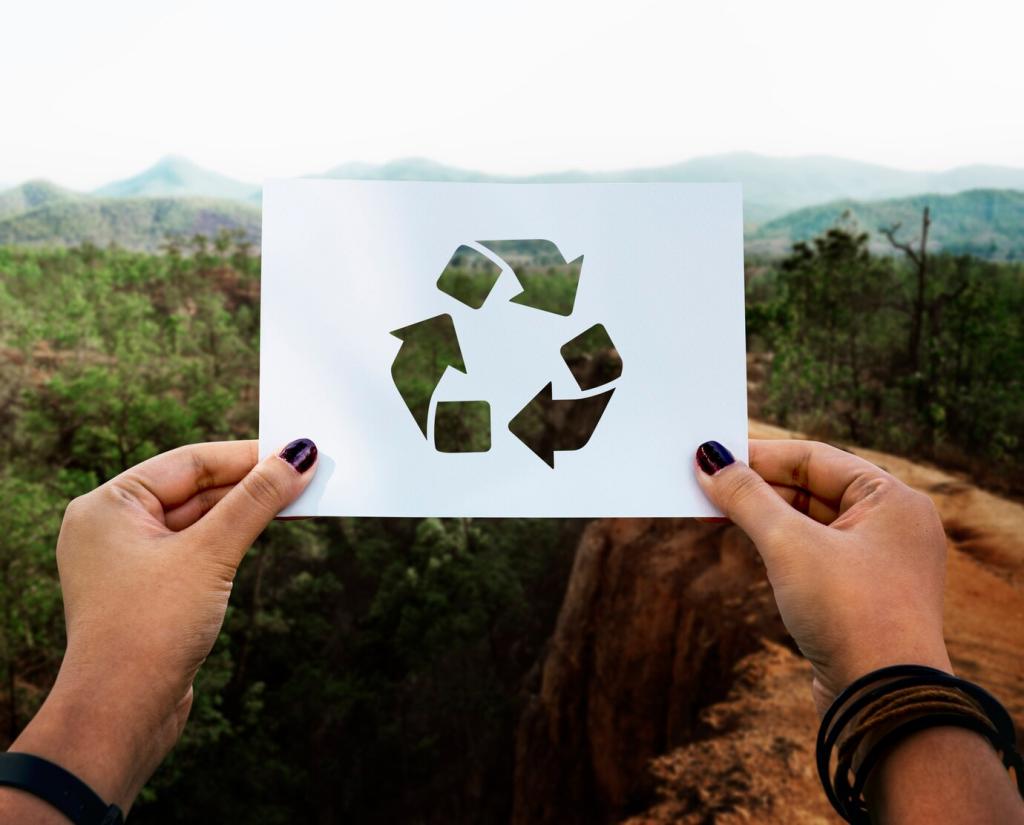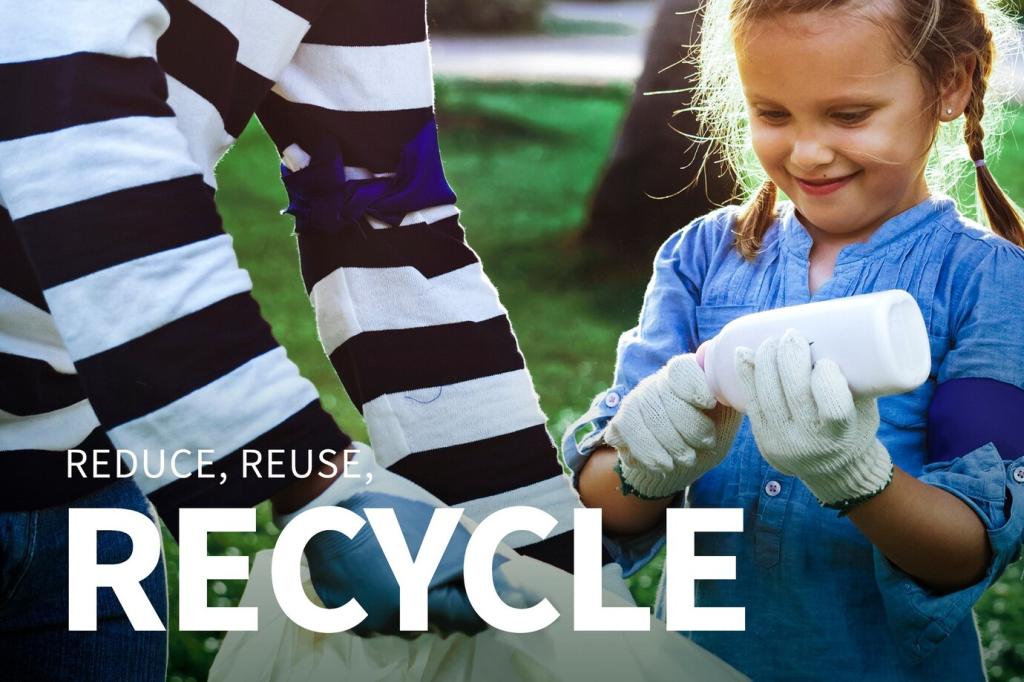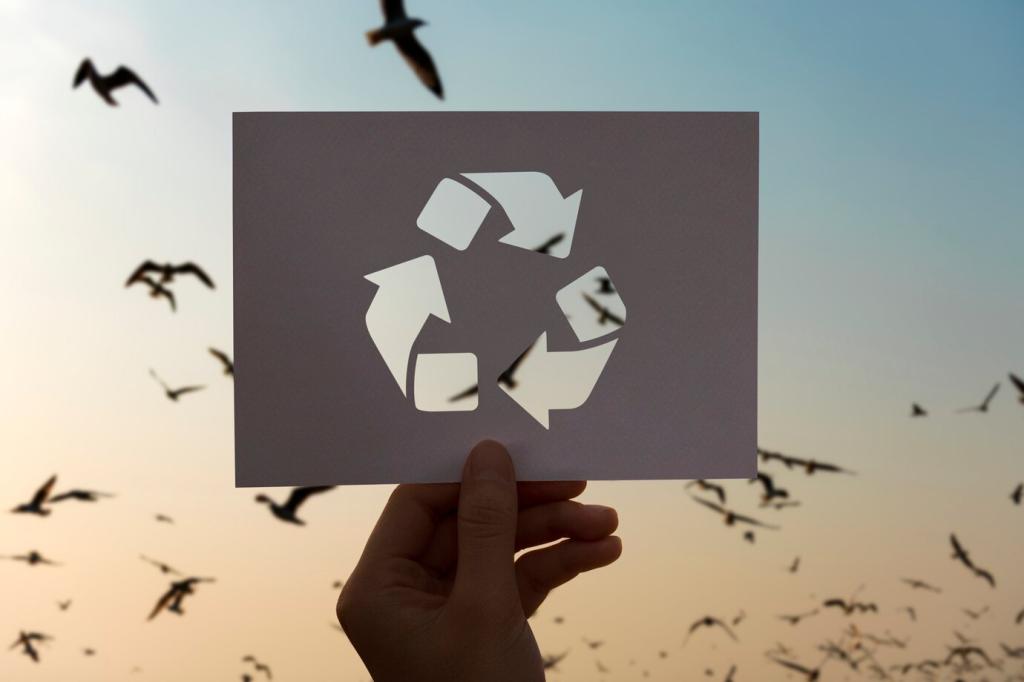A Pilot Story: Turning Hotel Linens into New Yarn
In Lisbon, a small team partnered with hotels to collect retired cotton linens. Working with a university lab, they blended enzymatically treated fibers with fresh cotton to spin stable yarn. The first batch sold out locally, proving that revolutionizing fabric recycling methods can feel luxurious and familiar.
A Pilot Story: Turning Hotel Linens into New Yarn
Sew-in labels and adhesive patches gummed up filters, while mixed polyester threads lowered yarn strength. Documenting these pain points informed new design standards for partner hotels. It’s a reminder: details matter. Share similar hurdles you’ve faced—your lessons can prevent expensive mistakes for others.






